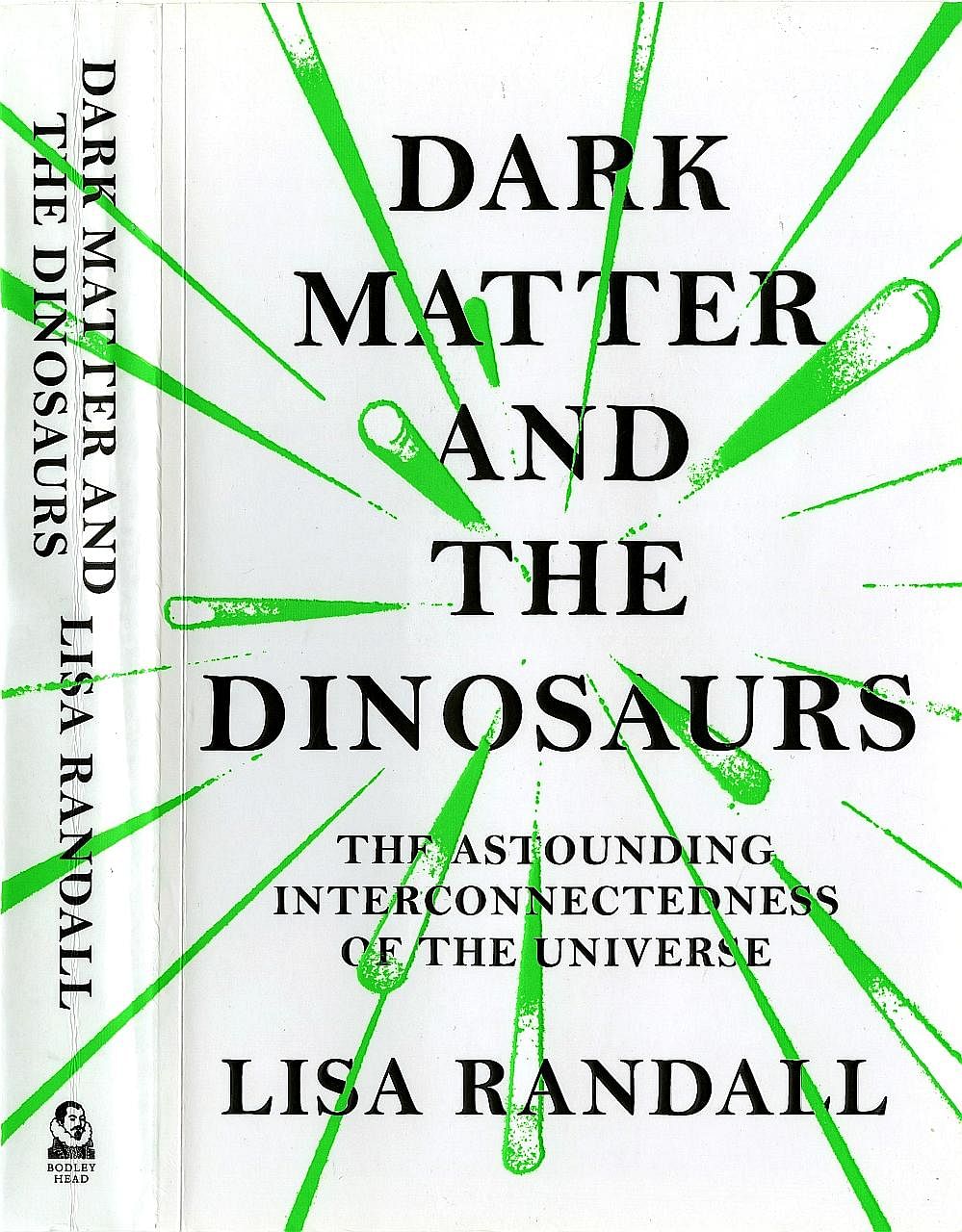-
Big Read Meet turns three
-
The Big Read Meet chalked up its biggest turnout on June 29, when 170 readers turned up to meet Mr Han Fook Kwang, retired editor of The Straits Times, in a talk about his new book Singapore In Transition: Hope, Anxiety And Question Marks.
Join senior writer Cheong Suk-Wai for cake to celebrate the meet's third year on July 27.
The highlight of the evening will be a talk by geopolitical thinker and The Straits Times contributor Parag Khanna, on his new book, Connectography.
As July 27 is also Khanna's 39th birthday, it will be a double celebration from 6.30pm at The Possibility Room, Level 5, National Library Board (NLB) headquarters at 100 Victoria Street.
Sign up for the festivities at any NLB e-Kiosk or go to www.nlb.gov.sg/golibrary and look for The Big Read Meet.
If you cannot join the event, but have thoughts on Connectography or Lisa Randall's Dark Matter And The Dinosaurs, e-mail your views in no more than 100 words to suk@sph.com.sg.
The best contributions in The Big Read will be published.
Frisbee killed the dinosaurs
A disc of dark matter flung a comet at Earth 66 million years ago, says American cosmologist Lisa Randall

DARK MATTER AND THE DINOSAURS: THE ASTOUNDING INTER-CONNECTEDNESS OF THE UNIVERSE By Lisa Randall
The Bodley Head London, hardback/$54.76 with GST on order from Books Kinokuniya or on loan from the National Library Board under the call number English 523.1126 RAN
Last Tuesday, at 11.53am Singapore time, the American spacecraft Juno entered the orbit of Jupiter, the galaxy's largest planet. It had taken the United States' National Aeronautics and Space Agency (Nasa) five years and US$1.1 billion (S$1.48 billion) to achieve that after a 2.7 billion km journey.
"The spacecraft worked perfectly, which is always nice when you are driving a vehicle with 1.7 billion miles on the odometer," quipped Mr Rick Nybakken of Nasa's Jet Propulsion Laboratory.
It was not the first time that Nasa had successfully sent a spaceship into Jupiter's orbit - the spaceship Galileo made the maiden voyage in 1989.
But Nasa admitted last week that Juno's journey was its "hardest mission ever". Juno will now help Nasa find out more about how the planet was born and how the solar system evolved. At least Jupiter's origins are observable through a telescope, unlike dark matter, which is the subject of American cosmologist Lisa Randall's latest study.
Randall, 54, is a distinguished professor of theoretical physics at Harvard University and one renowned for her knack for explaining very difficult things, such as dark matter, very simply.
Dark matter, as she tells it in her new book, Dark Matter And The Dinosaurs, is the "clumpy stuff" that makes up 85 per cent of the universe, while all of Earth's known substances such as cosmic dust, gas and water make up the remaining 15 per cent.
As dark matter cannot emit or absorb light, no one can see it, not even through the most powerful telescope. But as sure as there is the Earth and its sun and moon, dark matter is around us and even passes through us, Randall says.
So how did scientists come to know that dark matter exists?
The answer is one of the high points of Randall's narrative in this bracing book, which suggests that dark matter is responsible for wiping out dinosaurs 66 million years ago, inadvertently giving rise to mammalian life.
In 1933, Swiss astronomer Fritz Zwicky hit upon the idea of measuring how fast stars shot through the universe. The faster a star travelled, the less likely it could do so through the interaction of gravity and light-emitting matter alone. By using the pull of gravity to compare the velocities of various clusters of stars in the cosmos, Randall writes, "Zwicky calculated that the amount of mass required for the cluster to have sufficient gravitational pull was 400 times greater than the contribution of the measured luminous mass - the matter that emits light. To account for all that extra matter, Zwicky proposed the existence of what he named dark matter".
Perhaps the most fascinating story in the book is about how people figured out that it was an incoming asteroid that killed off the dinosaurs.
The answer lay in geology, not physics, Randall shows. And the geniuses who cracked the puzzle were the American father-and-son team of Luis and Walter Alvarez, with Luis being a Nobel Prize- winning physicist and Walter a geologist.
They began by studying ancient layers of clay within the pink limestone crags known as the Scaglia Rossa in the hills of Umbria, Italy. They knew that iridium, a rare and dense metal, would be present in concentrated quantities on Earth only after an extraterrestrial object, such as a comet, hit it.
As Randall explains in her book: "Although the iridium level on Earth should be the same as that of a meteoroid, most of the Earth's original iridium long ago dissolved into molten iron and sank with it to the Earth's core. So any iridium on the surface should have an extra- terrestrial origin."
Most excitingly, she notes, is that amino acids - the building blocks of protein, and so life - are also present in comets. This fact enables her to say that everything in the universe is interconnected, although she is also careful to state that, scientifically speaking, "the origin of life is an extremely challenging problem, especially since no one yet knows what life actually is".
The Alvarezes also observed things such as glass with streaks in it at the site of an ancient crater - 180km wide and 20km deep - in the Yucatan known as Chicxulub (pronounced Chick-shoe-lube) Puerto. They knew that streaks would form only if glass was created after a sudden massive impact from, say, a comet or asteroid.
Her theory, then, is that dark matter exists as a thin frisbee-like disc in the Milky Way and this disc flings comets every which way, including towards Earth. One such comet smashed into Earth, triggering earthquakes, tsunamis and noxious gases that killed off anything bigger than a bulldog.
This armchair odyssey which she affords readers is a tour de force of effective communication, in a book brimming with brilliant ideas about where Man came from and where mankind is likely to be headed.
FIVE QUESTIONS THIS BOOK ANSWERS

1 What existed before the universe - and why?
2 Why might there have been an ever bigger bang before The Big Bang?
3 How is it possible to know that Earth was hit by asteroids and comets in the past?
4 Why is Earth likely to experience its sixth mass extinction now?
5 What sort of questions should you ask for meaningful and productive discoveries?
Just a minute
THE GOOD
1. The American physicist Lisa Randall is as precise a communicator as she is a scientist. She has turned one of the most complex subjects - how the universe works - into a pageturner. Who knew that cosmic dust and gravitational forces could be so compelling to read about?
Randall uses pop culture references and examples from everyday life whenever ideas get too deep. For example, she says the universe's invisible fabric known as dark matter is like the excitement that builds around Hollywood star George Clooney's impending appearance - palpable and a strong influence on one's surroundings.
2. She paces her narrative well, breaking down a hard-to- grasp discipline into its basic principles before bringing all of these together in a denouement, which fellow physicist Graham Farmelo implied recently is a theory crazy enough to be correct. Her approach in this book is in the manner of a cosy country house mystery - acknowledge the mystery, introduce the suspects, spotlight each of these characters and then bring everyone together for the mystery's resolution.
3. Randall takes great pains to remind readers now and again that what she is telling them is, essentially, a big leap of her imagination. Her belief, then, that dark matter unleashed a comet that smashed into Earth 66 million years ago, wiping out dinosaurs, is still "a stretch", she says. Most of her previous stretches of imagination are now part of mainstream scientific thinking.
4. The science behind star-gazing is suffused with jargon and mathematics. Randall has been able to write her book without jargon or mathematical formulae.
THE BAD
1. The illustrations are the worst I have seen in recent years. These are contained within boxes the size of a quarter of an A4 page and are made up of mainly blurry, smudgy and grey-on-black representations of asteroids, stars and galaxies - with text so tiny, you have to squint to read.
THE IFFY
1. Occasionally, she ruminates about how humanity is ruining the earth, by consuming and degrading so much of its resources that the environment is now off-kilter. Like skits that do not fit within a serious drama, her Save- The-Earth interludes add little to what is one of the best books this year.
Fact file: First in family with PhD
Those who meet the blonde, fine-featured American physicist Lisa Randall for the first time sometimes think her a cosmetologist, which she finds "very funny" because, as she puts it in her book, Dark Matter And The Dinosaurs, she is "poorly suited" to be a beautician.
Randall, 54, is a cosmologist, or one who studies why and how the universe came to be and how it is evolving.
Based at Harvard University, she says a cabby once asked what to her was the best question. When she mentioned that she was a physicist, he asked if he could ask her a question.
As she recalls in her book: "Upon learning that I'm a physicist, many people feel compelled to tell me their attitude towards the subject... I find this a bit funny. After all, most of us don't feel the need to inform lawyers, for example, about our thoughts on jurisprudence."
That said, she was bowled over by the cabby's query: If she could go back in time, what would she tell people then about what she now knew about the universe?
He was, she says, spot-on about the dilemma of how scary her findings could seem to them.
Randall has reportedly long liked the idea of certainty that mathematics and science bring. That was how she got stuck on studying the ingredients that make up the universe, or particle physics, and imagining how the universe came about in the first place, or theoretical physics.
She refuses, however, to be drawn into any discussion as to how God fits into the scheme of things. "To be clear, mine is not a religious viewpoint. I don't feel the need to assign a purpose or meaning. Yet, I can't help but feel the emotions we tend to call religious as we come to understand the immensity of the universe, our past, and how it all fits together," she writes in the book.
One of three daughters of a salesman and a primary schoolteacher, Randall grew up in Queens, New York. She was a shy girl whom teachers constantly encouraged to be more confident to achieve her dreams.
She did, and as she told journalist Sarah Baxter of The Sunday Times of London in June 2005, "I was the first in my family to get a PhD". One of her two sisters is mildly autistic.
To a question from Baxter as to whether there are living beings beyond humans on Earth, she mused: "If it's there, it's likely to be based on a fundamentally different chemistry. It really extends your imagination. It's not just a question of little green men with antennae."
Join ST's Telegram channel and get the latest breaking news delivered to you.
A version of this article appeared in the print edition of The Sunday Times on July 10, 2016, with the headline Frisbee killed the dinosaurs. Subscribe

